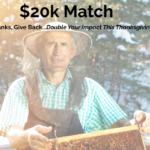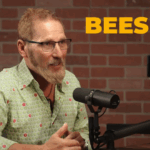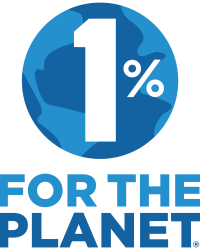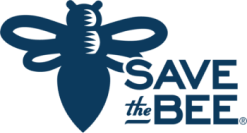At Save the Bee, we often get asked: Are you saving the right bee?
It’s a fair question. Honey bees are critical to our food security, but they’re not the only pollinators out there. Oregon alone is home to hundreds of native bee species, plus other “wild” and “exotic” bees that shape our ecosystems in ways we’re only beginning to understand.
Recently, I sat down with two leading voices in bee research, Dr. Ramesh Sagili and Dr. Andony Melathopoulos from Oregon State University. Together, they co-authored an important paper: The Impact of Beekeeping on Native Bees in Urban Settings. You can also watch our full conversation here: YouTube interview.
We talked about their research, why the “honey bee versus native bee” debate is more complicated than headlines suggest, and how all of us can play a role in supporting pollinators.
Three key questions their paper tackles
1. Competition for resources
Yes, honey bees consume large amounts of pollen and nectar. But studies show a more nuanced picture. Many bee species “partition” resources—different species prefer different flowers, or forage at different times of day. Some native bees finish their life cycle by early summer, well before late-season honey bee foraging peaks. Evidence of direct, harmful competition remains limited.
2. Exotic and “weedy” plants
Honey bees do forage on non-native plants like Himalayan blackberry. But so do native bees. In fact, some native bees thrive because of these plants, nesting in their stems or depending on their blooms. Honey bees have also been documented as key pollinators for certain endangered native plants where other bees have declined.
3. Disease spillover
The fear is that honey bees spread viruses and pathogens to native bees. Current evidence? Unclear. Scientists can detect viral traces in multiple bee species, but whether this translates into actual population-level harm isn’t well established. More research is needed to know which diseases matter, in what directions they spread, and with what impact.
What this means for all of us
The takeaway isn’t to pit honey bees against native bees. As Dr. Sagili said during our talk, “For our food security, you need both.” Honey bees sustain agriculture. Native bees sustain ecosystems. Both need healthy habitat to thrive.
So, what can we do?
- Plant more forage. Native flowers, ornamentals, even “weeds” like dandelions provide critical food.
- Support habitat projects. Backyard plantings are great, but so are land trusts and restoration programs that protect high-diversity landscapes.
- See honey bees as a gateway. For many people, curiosity about honey bees opens the door to caring about allpollinators. That’s a good thing.
Why this matters now
Despite decades of research and investment, U.S. beekeepers continue to lose nearly half their colonies each year. Native bee populations face their own threats from habitat loss, pesticides, and climate change. As Dr. Melathopoulos put it, we need to “get on the same page.” Conservation and agriculture shouldn’t be treated as opposing camps. Both are essential.
If you care about bees—whether honey bees, bumble bees, or the hundreds of native species buzzing quietly in your backyard—take the time to explore this work.
Read the paper: Impact of Beekeeping on Native Bees in Urban Settings
Watch the interview: Full YouTube conversation
And keep asking the big question: How can we save the bee—together?

